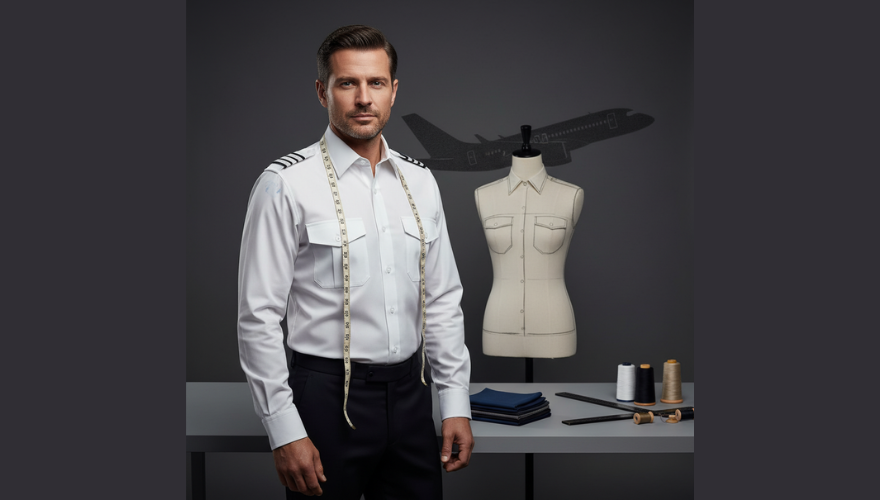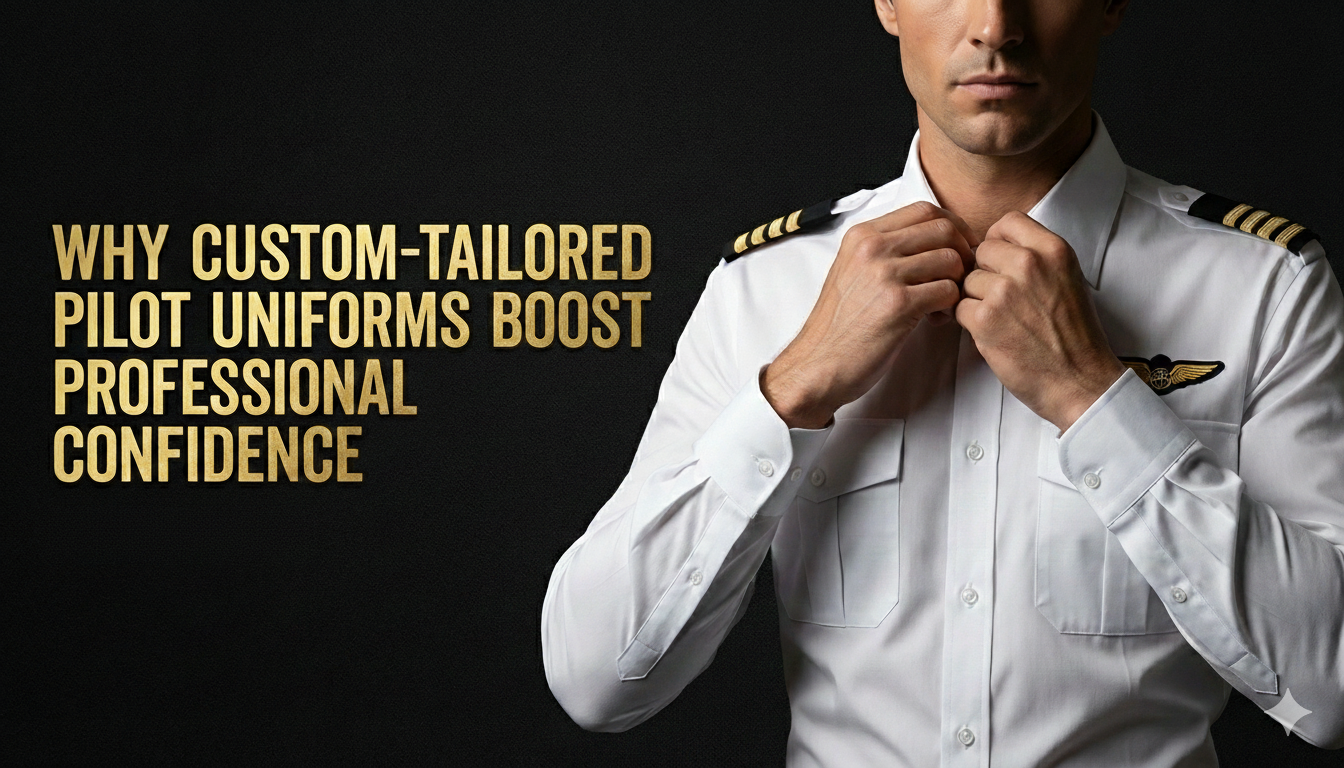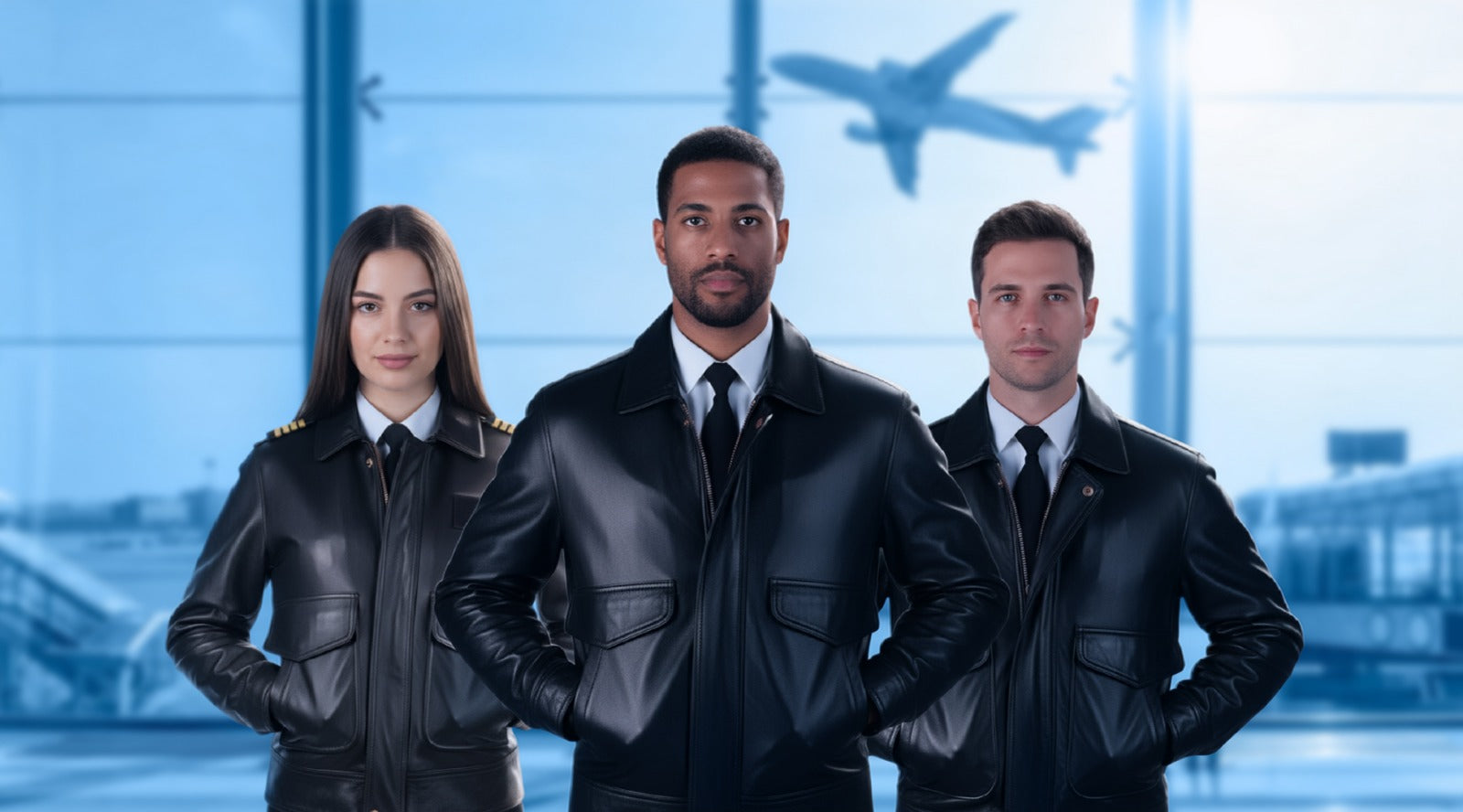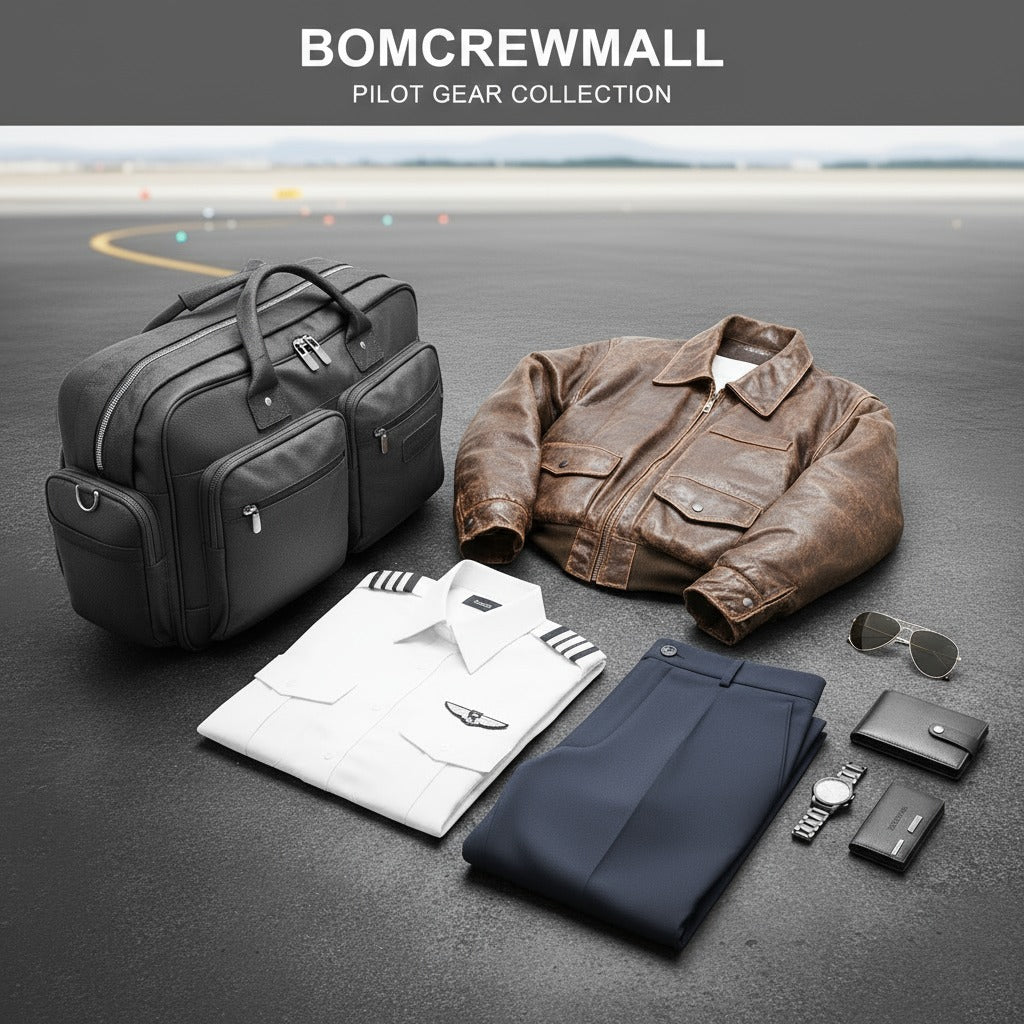Why BomCrewMall Pilot Leather Jackets Stand Out: Craftsmanship, Quality & Comfort
At BomCrewMall, we believe a pilot jacket is more than just outerwear. It stands for confidence, individuality, and timeless style. Over the years, we’ve refined our men’s and w...





